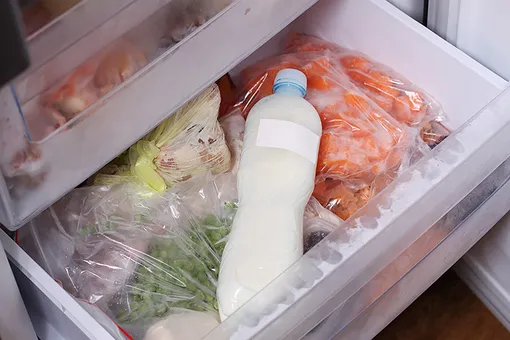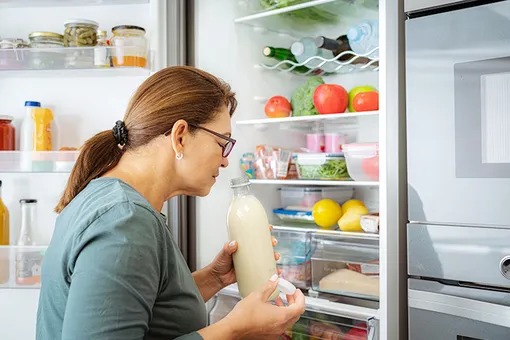Remember, in childhood, we rejoiced when, drinking a glass of milk, weaned a white mustache – applaud, real milk! And now, standing on the shelf in the store, we ask ourselves completely adult questions: which one to take? How not to meet a false? Is it possible to check the milk at home and, if so, how?
Let’s try to understand it – honestly, without panic, with iodine in one hand and commenting on the technologist in the other.










